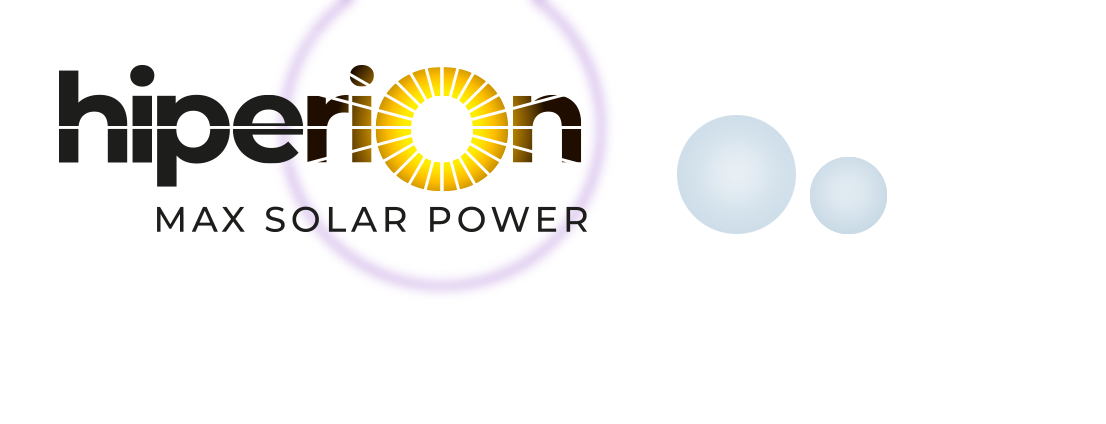First look: HIPERION first generation module (GEN1) performance results
Written by Steve Askins, Universidad Politécnica de Madrid

Since July 2020, the Universidad Politécnica de Madrid (UPM) has been playing a key role in characterizing GEN1 prototypes as they are produced by other HIPERION consortium members. UPM has key infrastructure and experience for characterizing CPV modules, for instance a specialized flash tester and a dedicated outdoor test station; UPM has also been creating new techniques and equipment specifically to support HIPERION testing.
UPM testing has shown that, comparing the indoor I-V measurement of GEN1 to measurements of earlier pre-HIPERION generations, the overall shape is similar. That is, there has not been significant decrease in fill factor despite the fact that the module area (and therefore the number of lenses and solar cells) has been scaled up by 5 times. This demonstrates a precision alignment (see Figure on the left). Additionally, in discussion with Insolight, UPM expects an increase of 8 to 15% in efficiency for the GEN2 optical layer; UPM is awaiting to receive the first prototypes to demonstrate this expected increase with experimental data.
UPM has also been witness to improvements in tracking performance, range, and reliability. In Figure 2, we compare the tracking performance of pre-HIPERION and GEN1 prototypes: despite being scaled by 5 times, GEN1 outperforms the previous design and closes in on the ideal (cosine) curve. One interesting thing about working with HIPERION modules is that software (i.e., the firmware that the embedded microcontroller runs to provide instructions on how to follow the sun) plays an important role. In this respect we have seen how ongoing developments have improved the tracking: while last fall we reported difficulties in maintaining alignment of modules in self-tracking mode, in our latest tests we found that the module could autonomously maintain perfect tracking over the course of nearly two weeks, even when perturbed by the I-V measurement system we use for characterization (see Figure 3).
Please see our contribution to CPV-17 for a more in-depth discussion of these results. We are now turning our focus to characterizing an 8 module, 1.5 kW GEN1 pilot that was recently completed at UPM (see Figure 4).







